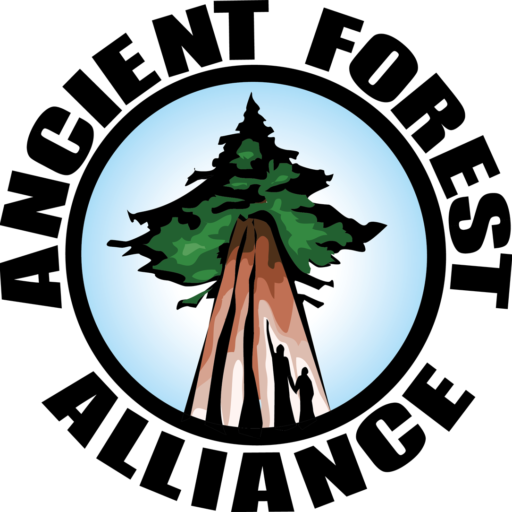
Today Conservationists call for Action on BC Forests at Legislature Opening
Today from 12:45 to 1:30 pm at the BC Legislative Buildings, a group of Ancient Forest Alliance supporters will unfurl a giant 10 meter long banner that reads “Hands Off the Old-Growth” during the opening ceremonies. The BC Legislative Assembly will sit for its last session before a provincial election is held just over three months from now, on May 14, 2013.
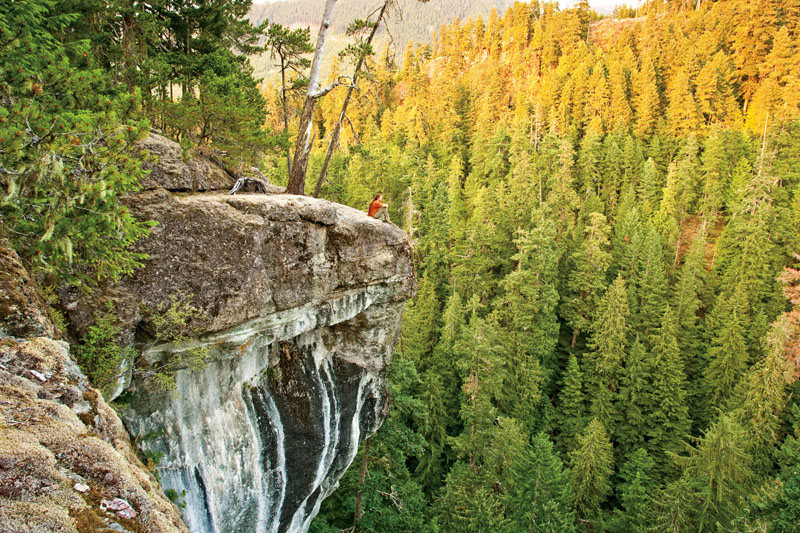
Media Release: Chinese Goverment’s Ownership of BC’s Forests Could Undermine New Environmental Laws, Forestry Jobs, and First Nations
Conservationists with the Ancient Forest Alliance (AFA) are raising the alarm that the potential ownership of vast tracts of British Columbia’s private forest lands by the Chinese government could negatively impact BC’s environmental laws, forestry jobs, and the rights of First Nations in light of the proposed Canada-China Foreign Investment Promotion and Protection Agreement (FIPA).
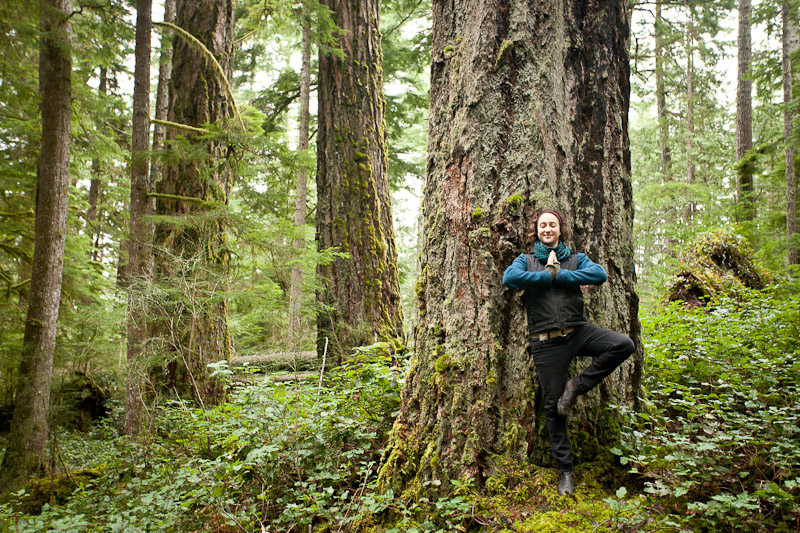
Media Release: BC’s War in Woods on Cortes Island needs Political Leadership
The conflict over the past week between local Cortes Island residents and Island Timberlands over the company’s contentious plans to log endangered forests has conservationists renewing their call for political leadership in BC to resolve the “War in the Woods”. Last week, local residents on Cortes Island repeatedly blocked Island Timberlands’ attempts to begin logging.
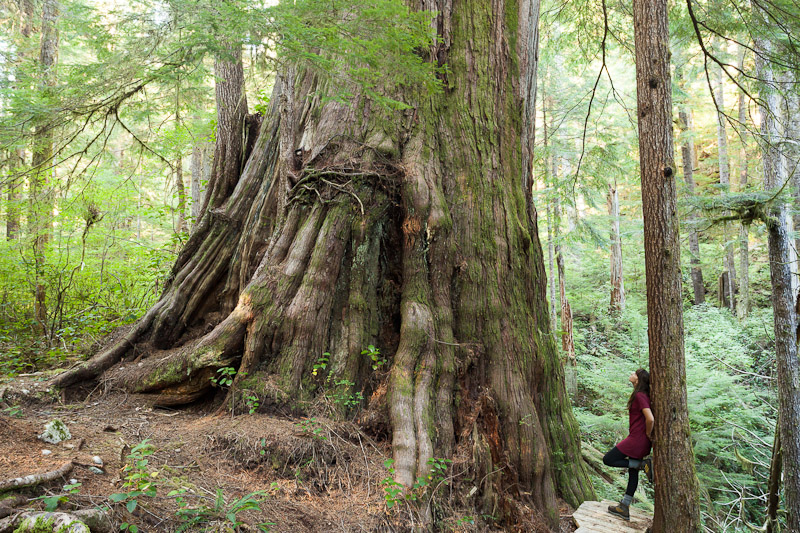
Media Release: Conservationists Relieved as Forest Company Backs Away from Logging Canada’s Finest Old-Growth Cedar Grove, Vancouver Island’s "Castle Grove" in the Upper Walbran Valley
Conservationists are breathing a sigh of relief as Canada’s finest stand of old-growth redcedar trees appears to have been spared the axe – for now. The Castle Grove in the Upper Walbran Valley on southern Vancouver Island (west of Lake Cowichan) had been flagged for logging in August by the Teal-Jones Group and subsequently was the focus of an intense environmental campaign by the Ancient Forest Alliance.
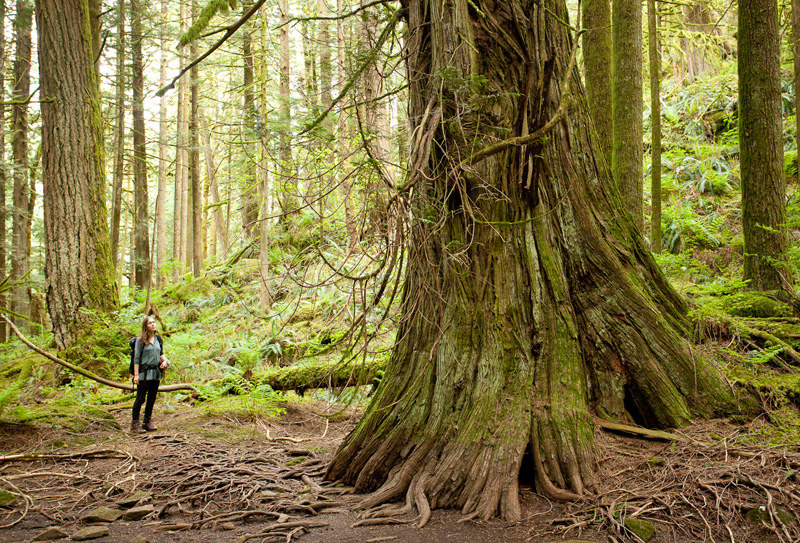
Campaign Launched to Protect Rare Lowland Old-Growth Rainforest and Internationally Significant Eagle Roosting Area east of Vancouver
Conservationists with the Ancient Forest Alliance (AFA) have launched a new campaign to fully protect one the last endangered lowland old-growth forests left in the Lower Mainland at Echo Lake east of Mission, as part of the organization’s larger campaign to lobby the BC government for a new Provincial Old-Growth Strategy to save endangered old-growth forests across the province.
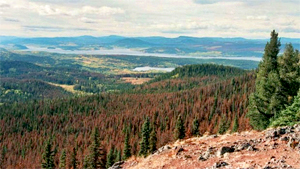
Media Release: BC Liberals open the back door to log protected forests under the guise of "science" and "local communities"
The BC Liberal Government announced yesterday a new forestry action plan for BC’s Central Interior that would open the “back door” for logging in currently protected forests. By the spring of 2013 the BC government plans to create frameworks for a “science-based review” and “community-engagement” process to potentially open up forest reserves that currently protect old-growth forests, scenery for tourism, species at risk, and wildlife in the Central Interior.
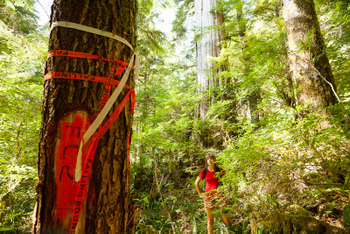
Media Release: Canada’s Finest Cedar Grove Marked for Logging
The Ancient Forest Alliance (AFA) is bracing for a potential, major escalation in BC’s “War in the Woods” as survey tape marking the “falling boundary” for logging has been recently discovered in the finest, unprotected stand of monumental old-growth western redcedar trees in Canada:the "Castle Grove" in the unprotected Upper Walbran Valley west of Lake Cowichan on southern Vancouver Island. The Castle Grove is an extensive stand of densely-packed enormous redcedars, including the “Castle Giant”, a 16 foot (5 meter) diameter cedar that is one of the largest trees in Canada.
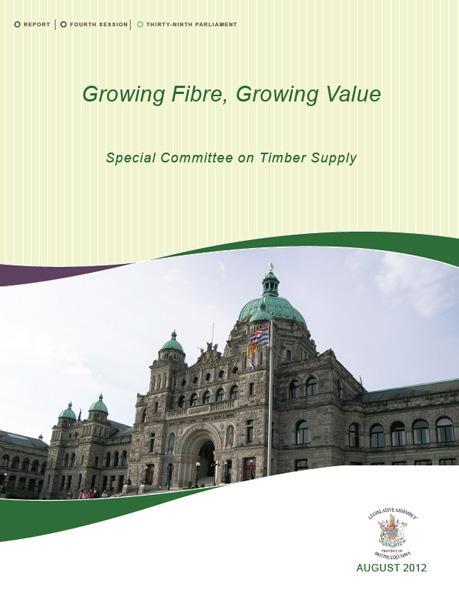
Media Release: Timber Committee Opens Back Door for Potential Logging of Protected Forests
Today the Special Committee on Timber Supply released its report on how to deal with a timber shortfall in BC’s Central Interior in relation to the forest industry’s regional overcapacity. Of greatest environmental concern was the committee’s recommendation to create local committees to review the possibility of opening up protected forest reserves for logging. The committee also recommends continued overcutting, logging of “marginal” stands (ie. slow growing subalpine forests) and creating more “area-based tenures” ie. increasing private property-like rights on public forest lands.
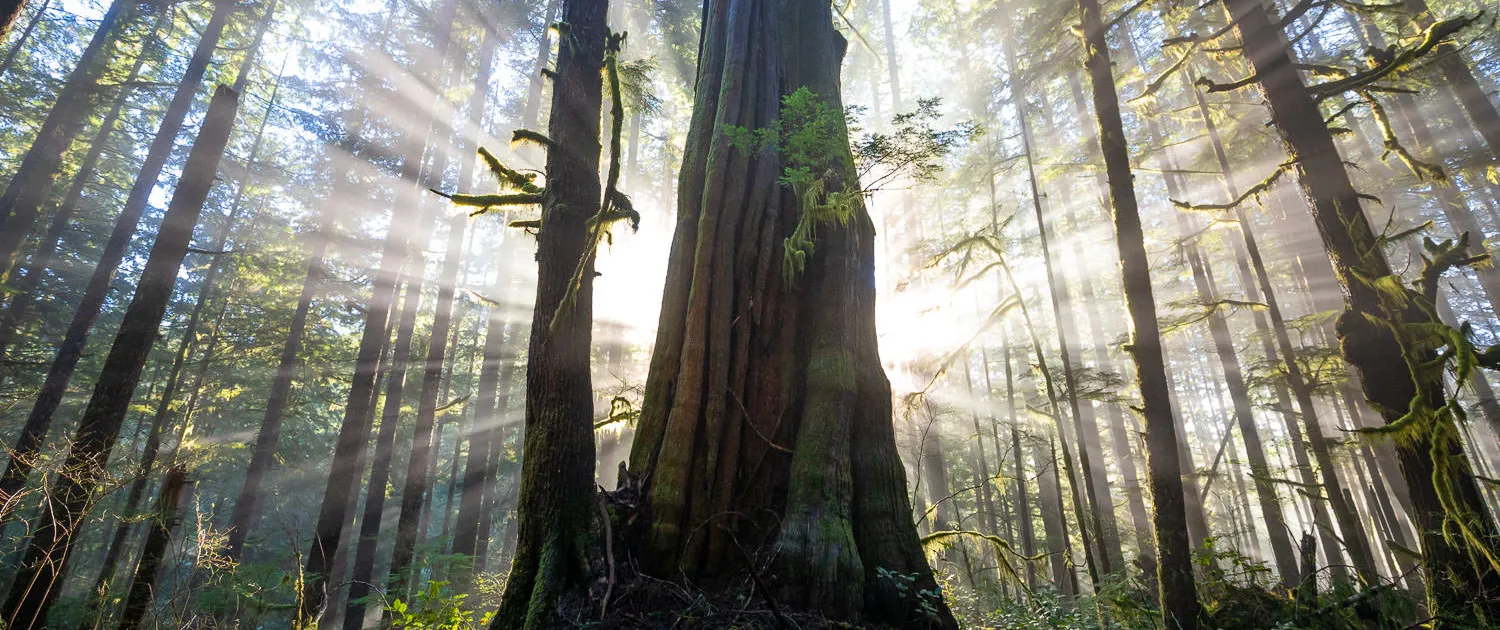
Timber Workers and Conservationists Join Forces to Oppose Proposed Logging of Protected Forest Reserves in BC’s Interior
Two seemingly disparate organizations, the Pulp, Paper, and Woodworkers of Canada (PPWC), a union of several thousand BC sawmill and pulp mill workers, and the Ancient Forest Alliance (AFA), a non-profit conservation organization, are joining forces to defend forest reserves in BC’s Interior from a BC government proposal to log them.

Island Timberlands Begins Logging Old-Growth in Area Formerly Intended as Protected Elk Winter Range in the Cameron Valley near Port Alberni
The Cameron Valley Firebreak is an extremely rare, 150 hectare section of old-growth forest that spans the distance from the valley bottom to mountain top that is a 30 minute drive from the town of Port Alberni and lies several kilometres upstream from the world-famous Cathedral Grove.
